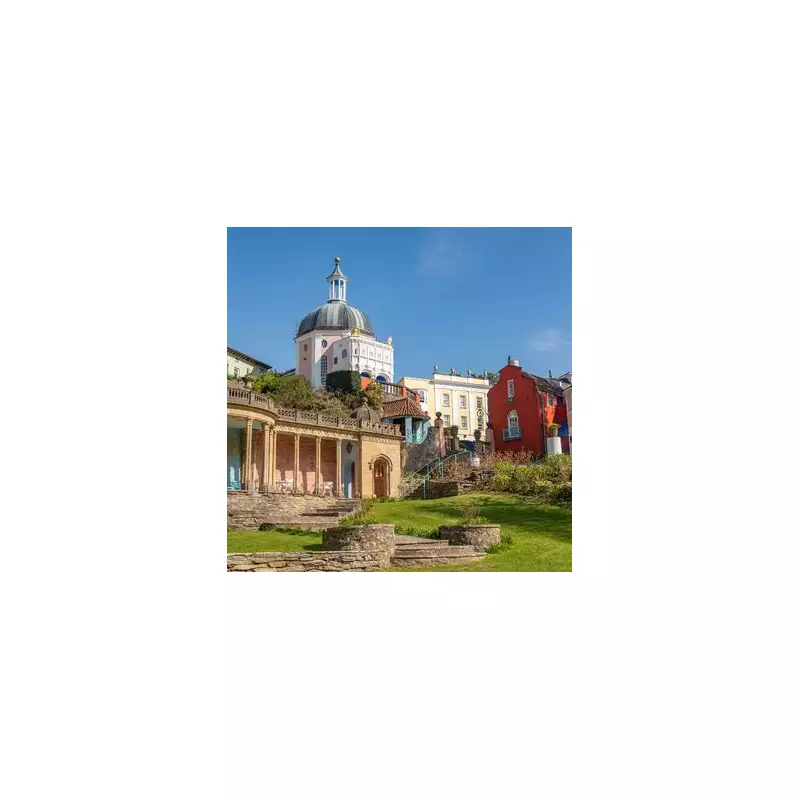
As the winter nights draw in across the UK, a search for a natural mood enhancer leads to an unexpected place: a small, architecturally whimsical village on the coast of North Wales. According to experts in applied colour psychology, the vibrant and colourful environment of Portmeirion can actively help to lift your spirits.
The Science Behind the Cheer
Karen Haller, a leading expert in applied colour psychology, explains that being surrounded by bright, saturated colours can have a profound subconscious effect on our wellbeing. She worked with the medical travel insurance provider Staysure to compile a global ranking of 26 destinations renowned for their colour saturation, vibrancy, and hue variation.
"There’s something about stepping into a place full of colour that instantly lifts you," Haller stated. "It changes how you feel, how you move through the space, and even how you connect with others. We’re drawn to them not just because they look good, but because they leave us feeling better. Happier. More open. More alive."
A Century of Mediterranean Charm in Wales
Ranking highly on this colourful list is the Welsh seaside village of Portmeirion in Gwynedd. This unique folly town celebrated its centenary last year, having first been established by Sir Clough Williams-Ellis in 1926. The architect openly admitted his inspiration was the picturesque Italian fishing village of Portofino.
Despite its location on the Irish Sea, a stroll through Portmeirion's cobbled paths on a sunny day can convincingly transport you to the Mediterranean. The village is a collection of 96 individual buildings, including cottages, a clock tower, a hotel, and a town hall, all splashed with a cheerful array of bright colours and scattered across a lush hillside.
The History and Quirks of a Masterpiece
The land upon which Portmeirion sits, originally the Aber Iâ estate, has a history dating back to at least 1188, with records of the ruined Castell Deudraeth. When Sir Clough acquired the site, he described it as a “neglected wilderness”, transformed by previous Victorian tenants who had planted exotic trees.
He named it Portmeirion, combining ‘Port’ for its coastal setting with ‘Meirion’ from the historic county of Merioneth. Construction occurred in two main phases: from 1926 to 1939 and again from 1954 to 1976. A charming aspect of the village is its incorporation of salvaged architectural elements; for instance, the town hall's roof was bought at auction for just £13 from an old country house.
For those planning a visit to soak up the mood-boosting atmosphere, the village is run by a charitable trust and is open to the public daily from 9:30 am to 5:30 pm. The nearest train station is Minffordd, located on the Cambrian Line and served by Transport for Wales. It is approximately a one-mile, 15-minute walk from the station to the village entrance.





